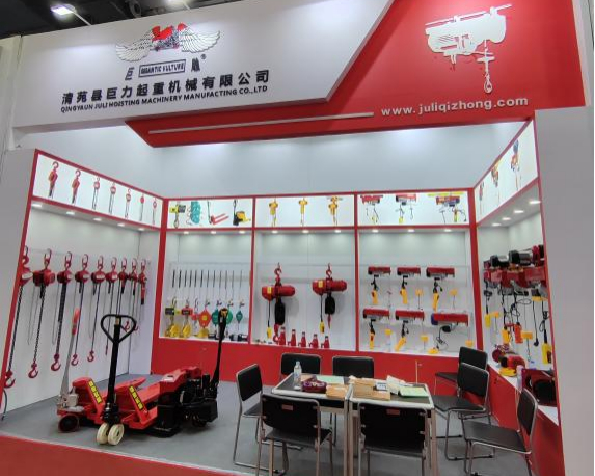


Custom Fall Protection Ensuring Safety at Heights
In various industries, working at heights is a common requirement. Whether it's construction, maintenance, or inspection tasks, employees often find themselves in precarious situations where the risk of falling is substantial. Unfortunately, falls from heights remain one of the leading causes of workplace injuries and fatalities. Therefore, having effective fall protection systems in place is crucial. Custom fall protection solutions have emerged as a tailored approach to ensuring worker safety in these high-stakes environments.
Understanding Fall Protection
Fall protection refers to a variety of systems, devices, and strategies designed to prevent workers from falling from elevated surfaces or to minimize the consequences of a fall should one occur. Standard solutions like guardrails, safety nets, and personal protective equipment (PPE) are widely used; however, these generic solutions may not be sufficient for every scenario. This is where custom fall protection systems come into play.
The Need for Custom Solutions
Every worksite is unique, presenting specific challenges and hazards. For instance, a construction site on a high-rise building might involve different risks compared to a maintenance job on a bridge. Custom fall protection systems take into account the layout of the site, the nature of the work being performed, and the potential hazards workers face. By designing a fall protection system that is tailored to these specific conditions, organizations can enhance safety and comply more effectively with regulations.
Key Components of Custom Fall Protection
1. Risk Assessment The first step in developing custom fall protection is to conduct a thorough risk assessment. This process involves identifying potential fall hazards and evaluating the work environment. A risk assessment helps in determining the appropriate type of fall protection required for specific tasks.

2. Design and Engineering Once the risks have been identified, the next step is the design and engineering of the protection system. This can include creating anchor points, designing guardrail systems, or developing personal fall arrest systems (PFAS) that are unique to the site. The design must be compliant with safety regulations while also being practical for everyday use by workers.
3. Material Selection Choosing suitable materials is essential for ensuring the durability and effectiveness of fall protection systems. Custom solutions often require specialized materials that can withstand harsh environmental conditions or are better suited for specific applications, such as lightweight equipment for ease of mobility.
4. Training and Implementation Even the best custom fall protection systems will fail if employees are not trained to use them properly. Organizations should prioritize training programs that educate workers on the specific fall protection measures in place, how to use equipment correctly, and the importance of safety protocols.
5. Regular Maintenance and Inspection Custom fall protection systems require regular maintenance and inspections to ensure their effectiveness over time. Setting up a consistent schedule for checking equipment and systems can help identify wear and tear before they become hazards.
Regulatory Compliance
Custom fall protection systems also play a pivotal role in ensuring compliance with Occupational Safety and Health Administration (OSHA) regulations and other industry standards. By implementing solutions that are tailored to a company's needs, an organization is better positioned to meet safety regulations, thus reducing the risk of fines and enhancing the overall safety culture.
Conclusion
As the landscape of industry continues to evolve, the importance of tailored fall protection solutions cannot be overstated. Custom fall protection systems not only protect workers from the inherent dangers of working at heights but also contribute to a culture of safety and compliance. By investing in these specialized solutions, organizations can demonstrate their commitment to employee safety, potentially reducing workplace accidents, and fostering a more productive work environment. In an industry where the stakes are literally high, the value of custom fall protection is immeasurable.



